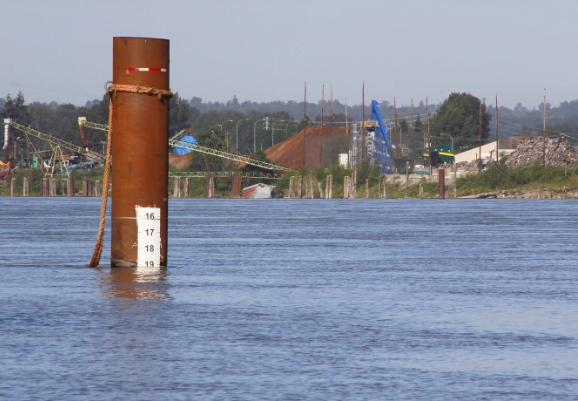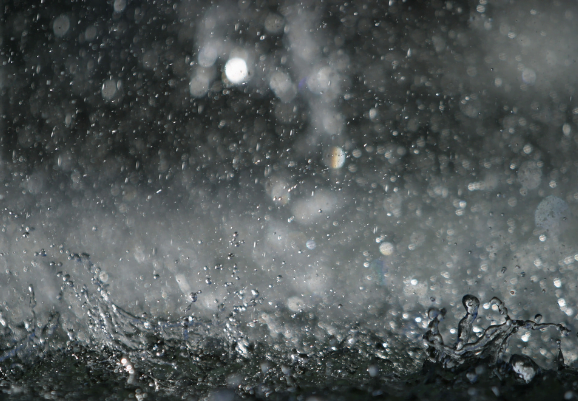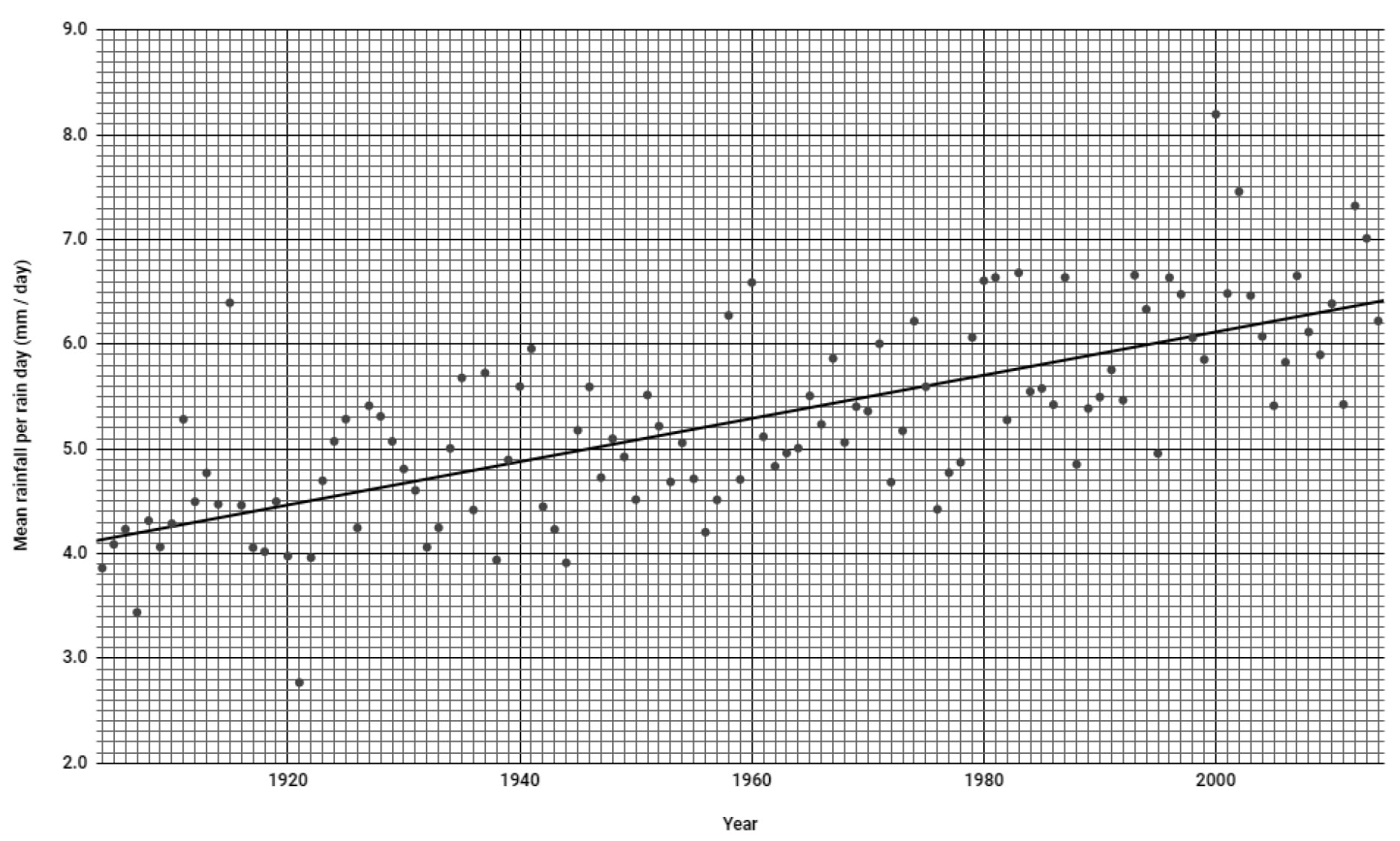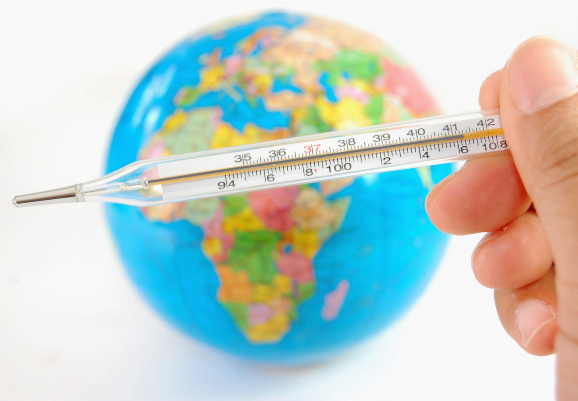Climate change (or global warming) can cause the areas of deserts (very dry land) to increase, affecting the surrounding wildlife and ecosystems.
Before global warming began, the area of the Sahara Desert was 9,200,000 square kilometres.
1°C of warming has caused the area of the Sahara Desert to increase by \(x\%\).
After 1°C of warming, the area of the Sahara Desert is 9,936,000.
A further warming from 1°C to 2°C causes an added increase in the area of the Sahara Desert of\(\ 2x\%\).
What is the area of the Sahara Desert after a total of 2°C of warming?
[4 marks]
















